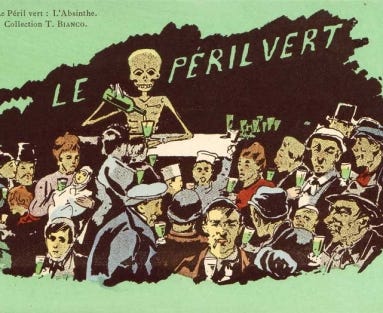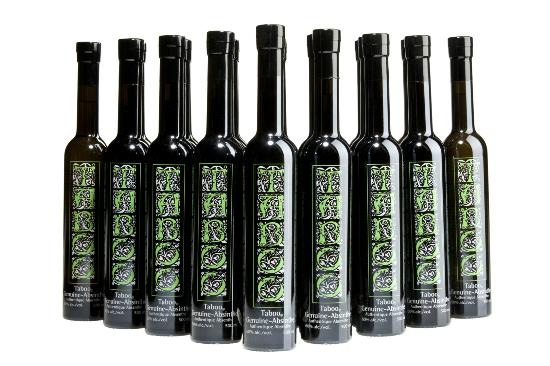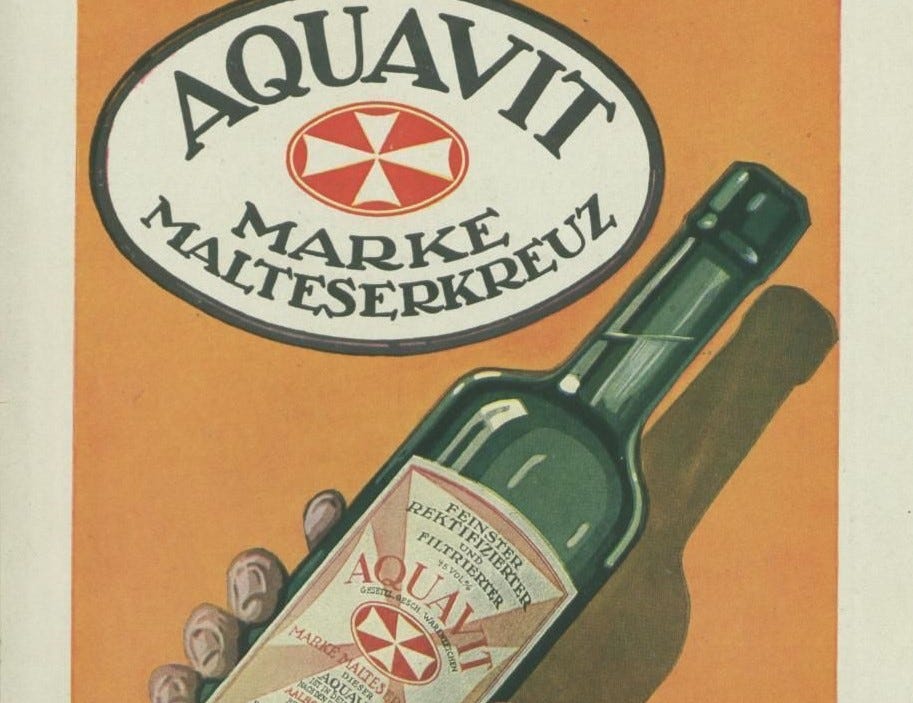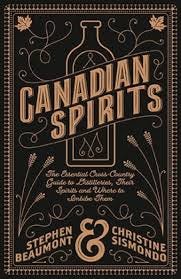CANADIAN SPIRITS: Triple AAA
Domestic distillers became the change they wanted to see, writes Christine Sismondo. And we're all better for it.
For years and years, Canadian bartenders lamented the lack of certain European spirits in most provincial liquor stores. And three of the ones receiving the most complaints are what I’m going to call the Triple A—absinthe, amaro and aquavit.
It’s easy to understand why these niche liqueurs aren’t a top priority for most North American liquor buyers. To spirits enthusiasts and cocktail bartenders, though, these three represent some of the most important spirits that exist.

The import situation has gotten better, both at the retail level and in terms of what bars can get through private import. But the most exciting thing, from my point of view, is the rise of home-grown alternatives. There are now at least a half-dozen Canadian-made versions of each of the Triple A spirits; they’re produced in Newfoundland, Prince Edward Island, Quebec, Ontario, Alberta and British Columbia—the latter being particularly rich in all three. The best part? A lot of them are actually fantastic. And, to me, that’s one of the most interesting thing about the craft spirits industry in Canada right now. #WeTheNorth #Team Canada #Woot!
This may be surprising to anyone who thinks craft distilling is primarily about whisky. It’s true there’s a lot of whisky out there and that’s why most people get into the biz, but others have gotten into the industry to address gaps in the marketplace. In fact, Okanagan Spirits, one of the first small distilleries in Canada, was established by Frank Dieter so that he could make (and drink) fruit brandies and proper Swiss absinthe that weren’t available in Canada at the time. Dieter launched Taboo Absinthe over a decade ago and, although he’s no longer involved in Okanagan Spirits, the company still makes Taboo.

More recently, we’ve seen similar projects arise out of people’s passion for under-represented spirits, such as the aquavit collaboration between Jason MacIsaac, distiller at Sheringham Distillery in Sooke, B.C., and Shawn Soole, consultant, author and overall force of nature on Vancouver Island. Soole fell in love with aquavit when he visited Iceland in 2015 and approached MacIsaac about fixing the local aquavit shortage. Their collaboration is delicious, which is probably why it’s won so many awards since its launch in 2017.

Since British Columbia has the largest and most vibrant craft distillation scene in the country, it dominates this story, especially when it comes to amaro, of which there are at least four first-rate expressions — being produced by The Woods Spirit Co., Sons of Vancouver Distillery, Odd Society Spirits and Legend Distilling. If you don’t live there, though, don’t despair. There are also plenty of gems in Ontario and Quebec, which is closer to where the majority of Moose Milk readers live.
Here’s a few to look for:
Absinthe
Dillon’s, a pioneering distillery in Beamsville, Ontario,is better-known for its gin than its complex, wormwood-forward, perfectly balanced herbal absinthe, which is a bit of a shame. You can pick up a bottle next time you’re travelling the Niagara wine route or, more conveniently, get it from the LCBO ($69.95 | 493098).

In a semi-industrial area of the Eastern townships of Québec, distiller Jean-Phillipe Doyon obsessively labours at his l’Absintherie des Cantons and makes what I consider to be the most faithful Canadian representation of a delicate and elegant Old World “Bleue.” The main distinction between a blue and a green absinthe is the use of herbs that change the colour of the spirit. Doyon makes a lovely “Joual Vert” expression, too. Both are available at the SAQ.
Aquavit
I visited master distiller Janos Sivo at his farm in Montérégie, Quebec, primarily to learn about his amazing whisky, but I stayed for his Valkyrie aquavit. It’s bold and bracing — especially when served ice cold, as it should be. Maison Sivo isn’t open the public, so it’s really only available at the SAQ.
Closer to home (for me), the Spirit of York makes a spectacular caraway-forward aquavit, in part, in response to demand from Toronto bartenders who wanted more options for making Scandinavian-inspired cocktails. Delicious straight. It also improves a Caesar immeasurably. ($49.95 | LCBO 645846)
Amaro
Ontario seems to be lagging in the Amaro game, but there’s a stunning expression in Quebec called Amernoir made by Spiritueux Iberville. It’s dark, bitter and amazingly complex. That company also makes a lighter version called Amermelade.
For a more complete picture of Canada’s Triple A scene (and, of course, every whisky, gin and rum being made coast-to-coast), you could buy Canadian Spirits: The Essential Cross-Country Guide to Distilleries, their Spirits and Where to Imbibe Them, a book Stephen Beaumont and I recently wrote together with a lot of support from Nimbus Publishing. It’s due out in October, but available for pre-order now. And, we hear, pre-sales are everything these days.


